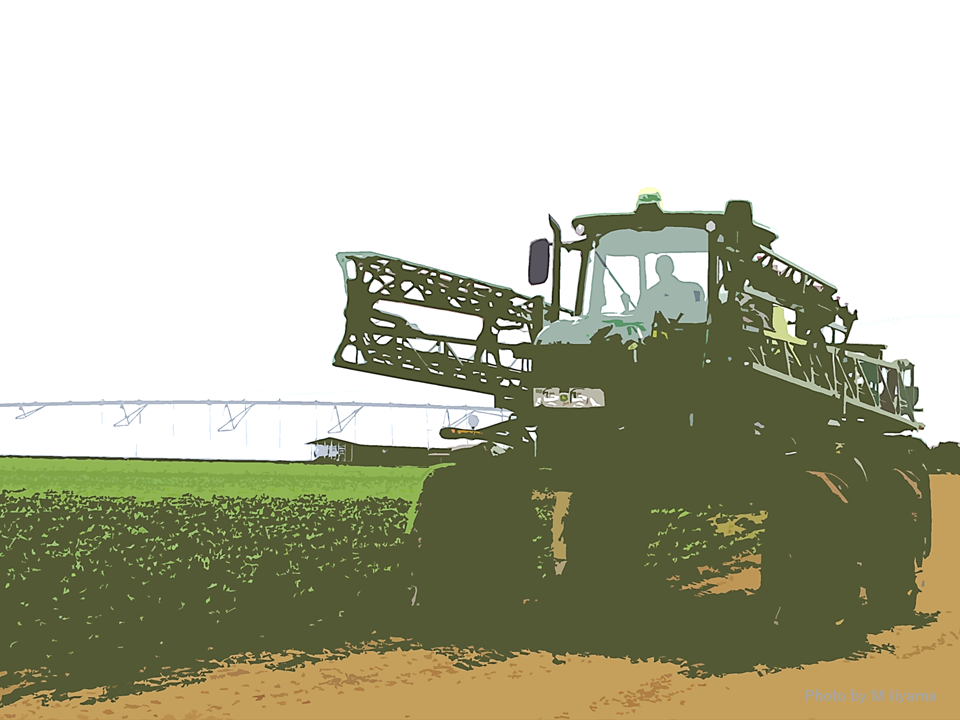Pick Up
1263. Dealing with Stranded Assets in Food System Transition

1263. Dealing with Stranded Assets in Food System Transition
The need to transition to a healthy and environmentally sustainable food system is becoming more and more urgent. However, one of the factors that hinders food system transformation is a situation called asset stranding, in which asset values are significantly damaged by drastic changes in market and social environments. A paper published in Nature Food has shown a case where asset stranding can occur in the food system and presents a solution to overcome it.
Stranded assets are assets that have lower-than-expected returns, resulting in the loss of anticipated income and a decline in valuation, or conversion to liabilities. Stranded assets have been the subject of extensive research in the energy transition debate, with estimates suggesting that limiting global warming to below 2°C, for example, would amount to trillions of US dollars of lost or foregone profits from keeping fossil fuels in the ground and retiring power plants early. A Nature Food paper argues that food system transitions will similarly involve stranded asset—a challenge that could hinder greater ambitions.
The paper cites the case of the grain trading sector as an example of stranding in the food system.
Amid growing concerns about declining agricultural biodiversity, proposals to bring diversity back into the food system include intercropping grains and legumes, diversifying crops, and introducing low-utilization crop species. However, as farmers have shifted toward monoculture systems and more homogenized landscapes have become commonplace over the past 80 years, transportation units such as grain trucks, post-harvest processing facilities, and storage facilities have advanced technologically toward managing large volumes of a single commodity at a time. Because overhead costs are the same regardless of volume, companies are incentivized to maximize the capacity of their assets. In contrast, an increase in the diversity of crops produced on a farm can reduce the bulk quantity of a single commodity, increasing marginal costs. While diversified niche markets are emerging, existing infrastructure assets owned by a few multinational trading companies pose challenges to a large-scale transition to diversified supply chains. To address economies of scale, traders will need to invest in new machinery (e.g., machines to separate pulses from grains) as well as refurbish and inventory assets designed to accommodate large-scale production.
While a transformed food system will create new opportunities for economic growth, it will also require determining how best to facilitate the redeployment or disposal of assets that are incompatible with achieving environmental and public health goals, as well as developing policy toolkits that can pave the way for larger-scale policy change. Multilateral institutions building new assets and markets that are incompatible with a nutritious and sustainable food system will need to be extremely careful not to expand requirements for stranded assets, especially in new regions. Accelerating food system transformation also requires addressing difficult ethical, economic, legal, and political questions, such as who should bear the costs of stranded assets and how they affect food security.
Whatever the path, we have to deal with stranded assets as we transition to a healthy and sustainable food system. If we could have more detailed and clearer information about the true costs of the transition, we could begin to have an open and thorough discussion about what to do about it. Making stranded assets a top priority is essential to breaking out of the lock-in situation and realizing the food system transformation that many are calling for.
(Reference)
Walton, S., Mehrabi, Z., Fanzo, J. et al. Asset stranding could open new pathways to food systems transformation. Nat Food (2025). https://doi.org/10.1038/s43016-025-01170-7
Contributor: IIYAMA Miyuki, Information Program
